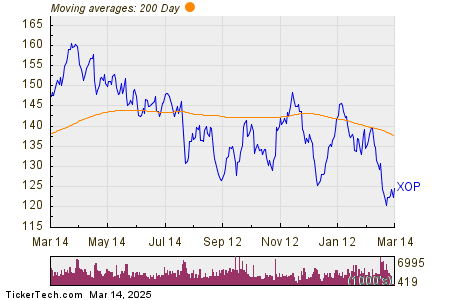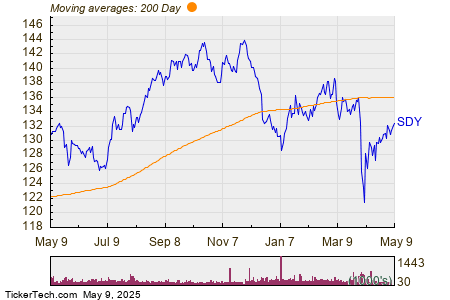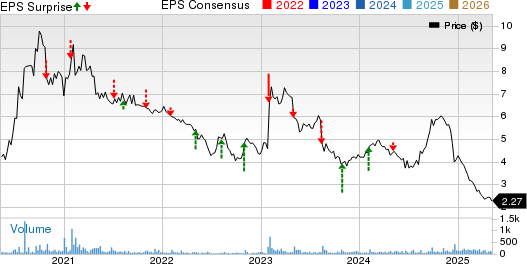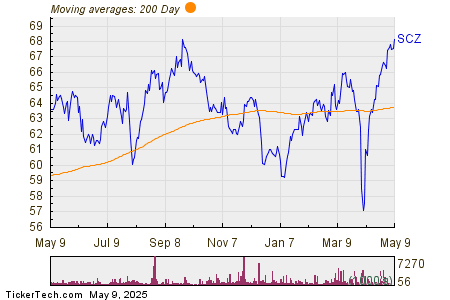SPDR S&P Oil & Gas ETF Sees Major Inflows This Week
Examining the week-over-week changes in shares outstanding among ETFs, a notable highlight is the SPDR S&P Oil & Gas Exploration & Production ETF (Symbol: XOP). This ETF has experienced approximately $288.2 million in inflows, marking a remarkable 15.6% increase in outstanding units, rising from 15,050,000 to 17,400,000. Key components within XOP include Texas Pacific Land Corp (Symbol: TPL), which increased by about 3.2%, Coterra Energy Inc (Symbol: CTRA), up approximately 2.3%, and Antero Resources Corp (Symbol: AR), which saw a rise of approximately 1%. For a comprehensive list of holdings, visit the XOP Holdings page >>
The chart below illustrates the one-year price performance of XOP alongside its 200-day moving average:

According to the chart, XOP’s lowest point in its 52-week range is $118.36 per share, while the 52-week high is $162.49, compared to a recent trading price of $124.82. Analyzing the recent share price relative to the 200-day moving average can provide further insights—read more about this analytical method >>.
Exchange-traded funds (ETFs) operate similarly to stocks; however, investors are purchasing and selling “units” rather than shares. These units can be traded just like stocks and can be created or destroyed based on investor demand. Each week, we analyze changes in shares outstanding to identify ETFs that are undergoing significant inflows—indicating many new units have been created—or outflows, suggesting many units have been removed. The creation of new units usually means that the underlying holdings of the ETF must be acquired, while the destruction of units requires selling those holdings. Thus, substantial inflows or outflows can also have an impact on the individual components held within ETFs.
![]() Click here to discover which 9 other ETFs experienced notable inflows >>
Click here to discover which 9 other ETFs experienced notable inflows >>
Also see:
- Cheap Healthcare Stocks
- Top Ten Hedge Funds Holding NY
- PLCE Insider Buying
The views and opinions expressed herein are the views and opinions of the author and do not necessarily reflect those of Nasdaq, Inc.






